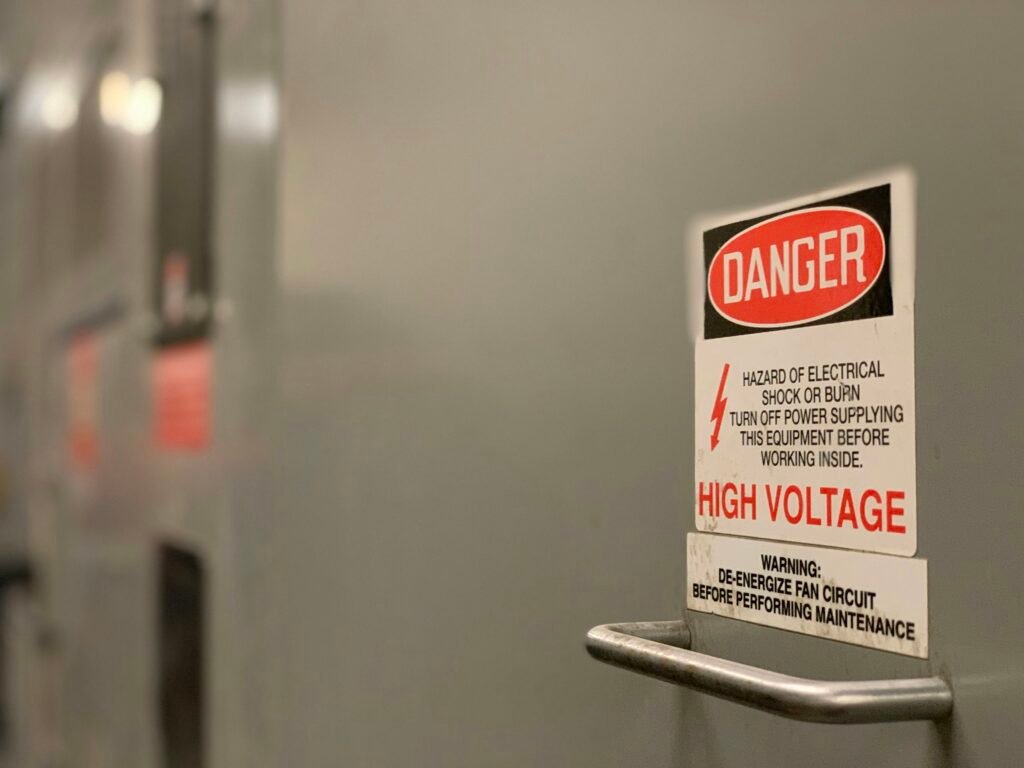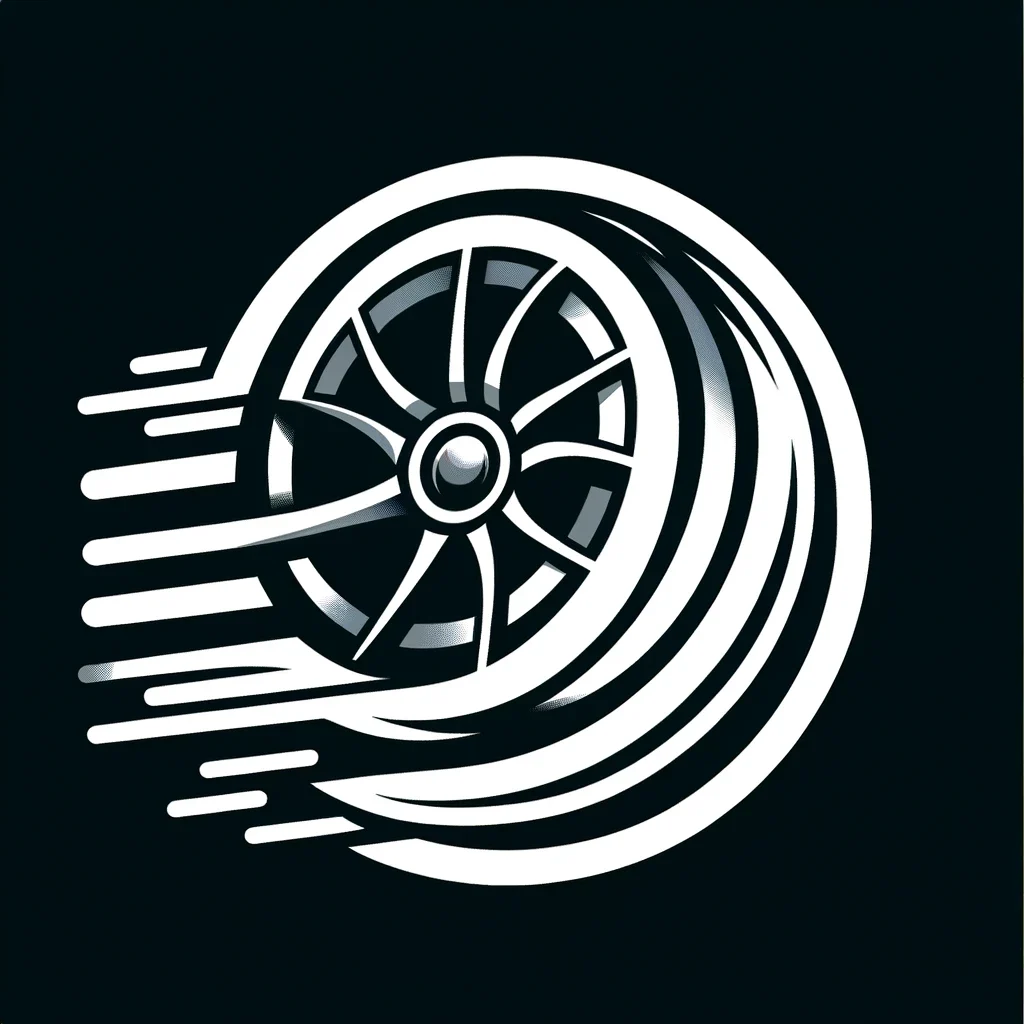Welcome to an article highlighting the importance of regular rim inspections for ensuring safety on the road. By regularly checking the condition of your vehicle’s rims, you can prevent potential accidents and breakdowns. This simple maintenance task can save you time, money, and most importantly, keep you and others safe while driving. Read on to learn more about why regular rim inspections are crucial for vehicle maintenance.
Have you checked your rims lately?
Hey there! Have you ever thought about the importance of properly maintaining your vehicle’s rims? Your rims are not only a stylish element of your car but also a critical component for your safety on the road. Regular rim inspections are essential to ensure that your rims are in good condition and can withstand the daily wear and tear that comes with driving. In this article, we will discuss the importance of regular rim inspections and how you can keep your rims in top-notch shape.
Why are regular rim inspections important?
Regular rim inspections are crucial for several reasons. First and foremost, your rims play a significant role in supporting your vehicle’s weight and providing stability while driving. Damaged or worn-out rims can compromise your safety on the road, leading to potential accidents or breakdowns. By conducting regular inspections, you can catch any issues early on and prevent them from escalating into more significant problems.
Protect yourself and your passengers
Ensuring that your rims are in good condition is essential for your safety as well as the safety of your passengers. Imagine driving at high speeds and suddenly experiencing a blowout due to a damaged rim. Not only could this put your life at risk, but it could also endanger the lives of those riding in your vehicle. By conducting regular inspections, you can identify any potential problems with your rims and take action to address them promptly.
Prevent costly repairs
Neglecting your rims can result in costly repairs down the line. Small issues such as minor dents or cracks can worsen over time, leading to extensive damage that requires expensive repairs or even the replacement of the entire rim. By conducting regular inspections and addressing any issues early on, you can save yourself from the financial burden of major repairs.

This image is property of images.unsplash.com.
When should you inspect your rims?
Now that you understand why regular rim inspections are essential, you may be wondering how often you should inspect your rims. Ideally, you should inspect your rims at least once a month or whenever you notice any unusual changes in your vehicle’s handling or performance. Additionally, it’s crucial to inspect your rims after driving on rough terrain or encountering road hazards that could have damaged them.
Signs that your rims need inspection
Here are some common signs that indicate it’s time to inspect your rims:
- Vibrations or wobbling while driving
- Uneven tire wear
- Loss of air pressure in your tires
- Visible dents, cracks, or rust on your rims
- Strange noises coming from your wheels
If you notice any of these signs, it’s essential to inspect your rims as soon as possible to prevent further damage.
How to inspect your rims
Inspecting your rims is a straightforward process that you can do at home with just a few tools. Here’s a step-by-step guide on how to inspect your rims properly:
Step 1: Park your car on a level surface
Start by parking your car on a flat, level surface and engaging the parking brake to prevent it from moving during the inspection.
Step 2: Visually inspect your rims
Examine each rim closely for any signs of damage, such as dents, cracks, or rust. Pay attention to the inner and outer edges of the rims as well, as damage may not always be immediately visible.
Step 3: Check for air leaks
Use a tire pressure gauge to check the air pressure in each tire, including the spare. Any significant loss of air pressure could indicate a leak in your rims, which should be addressed promptly.
Step 4: Perform a physical inspection
Carefully run your hand over each rim to feel for any dents or rough spots. Be on the lookout for any abnormalities that could affect your rims’ performance.
Step 5: Spin your wheels
Lift each wheel off the ground using a jack and spin it to check for any wobbling or vibrations. Any irregularities in the spinning motion could indicate misaligned or damaged rims.
Step 6: Check your lug nuts
Inspect the lug nuts on each wheel to ensure they are tight and secure. Loose lug nuts can cause your rims to become misaligned, leading to potential safety hazards.
Step 7: Test your brakes
Take your car for a quick test drive to check if your brakes are functioning correctly. Squeaking or grinding noises when braking could indicate issues with your rims or brake pads.
By following these simple steps, you can ensure that your rims are in good condition and address any potential problems before they escalate.

This image is property of images.unsplash.com.
When to seek professional help
While you can perform basic rim inspections at home, some issues require the expertise of a professional mechanic. If you notice any of the following signs during your inspection, it’s crucial to seek professional help:
- Deep dents or cracks in your rims
- Bent or misaligned rims
- Unusual vibrations or noises while driving
- Significant air leaks in your tires
- Difficulty steering or handling your vehicle
A qualified mechanic can assess the extent of the damage to your rims and recommend the necessary repairs or replacements to keep you safe on the road.
Conclusion
Ensuring the safety of your vehicle starts with regular rim inspections. By taking the time to inspect your rims and address any issues promptly, you can protect yourself, your passengers, and other road users from potential accidents. Remember to check your rims at least once a month and after driving in challenging conditions to catch any problems early on. Your safety is worth the effort, so make regular rim inspections a part of your routine maintenance schedule today. Drive safely!

